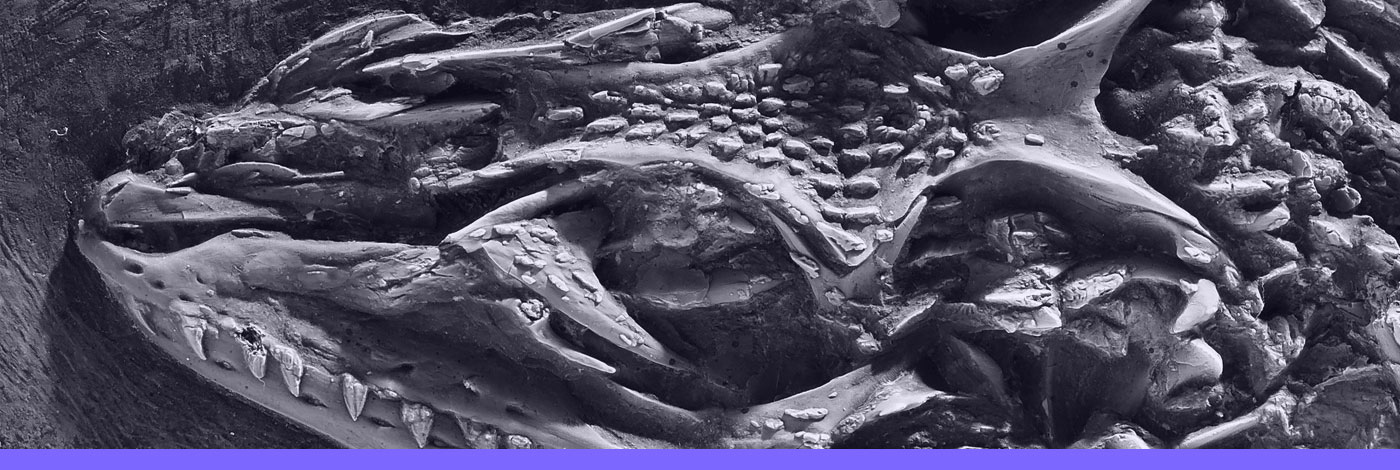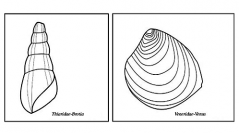

 Comptes Rendus Palevol
4 (8) - Pages 727-733
Comptes Rendus Palevol
4 (8) - Pages 727-733Although in Indonesia, Hoabinhian sites usually refer to large shell midden dated back from the Holocene period, the Tögi Ndrawa cave in the Island of Nias (North Sumatra) has revealed a thick shell accumulation, sealed in a cavity, and beginning with the end of the Late Pleistocene. Excavations have produced classical Hoabinhian pebble artefacts, a forest and coastal fauna, and human bones. Beyond the new chronological landmarks provided by these findings, they question the extension of the Hoabinhian phenomenon originating from continental Asia, and provide hints about human settlement and use of the environment at this period of prehistory.
Sumatra, Nias, Hoabinhien, Sumatralithe, Amas coquillier, Grotte